At the root of the current government shutdown is a profound disagreement over the wisdom and efficacy of spending billions of dollars on a wall. But when it comes to border security, history shows more money doesn’t always solve the problem. To provide one example, let’s have a look at the difficult process of hiring more Border Patrol agents.
Last year, Customs and Border Protection (CBP) awarded a $297 million contract to Accenture to support the president’s goal of dramatically increasing the size of the Border Patrol. Between bringing the force up to the level authorized by Congress and then adding Mr. Trump’s executive order, the scale of the hiring surge was immense. The objective of the contract was to get 500 applicants hired and on the border in the first year, and then another 1,500 every year for three more years. The contract has since been scaled back by CBP, after an inquiry by the Office of Inspector General (OIG) for the Department of Homeland Security found a host of issues.
In late November GovExec reported that for the $43 million spent on the contract, this was the result: just 15 new officers had begun duty, and Accenture had 3,700 more candidates in the hiring process. The brief by the Office of the Inspector General painted an equally grim picture. For the $13.6 million spent on the contract’s startup costs, the OIG attributed two accepted job offers to Accenture.
In its contract solicitation, CBP wrote that it takes 133 applicants to yield one successful hire. The contract called for 7,500 new personnel, 5,000 of which were Border Patrol agents. Assuming the 1/133 success rate is correct, to get a pool big enough the starting population needed to be huge—if the applicant pool were the size of the entire 18-to-40-year-old population in New Mexico (about 625,000 according to Census estimates), that would not quite have been enough. Let’s say Accenture brought the Border Patrol hiring success rate up to where it was 25 years ago, when it took 27 applicants to yield one officer at the border. That’s still a pool of 135,000 people.
As we have noted before, if a corps of 7,500 officers could be hired, it would cost the government at least an additional $1.35 billion per year to employ them.[i] The budget implications of these hiring demands from the White House are astronomical with an uncertain return on the payoff. The blame, however, does not rest solely with Accenture or CBP; the blame chiefly rests with a White House making undeliverable workforce demands.
Why is it so hard to staff the Border Patrol at the levels the president demands? We outlined these challenges—even beyond selection and retention—in a paper published in June 2017. Policing the border is extremely stressful, and it’s located far from home for the majority of Americans. It’s a once-obscure job that is increasingly performed in the glare of national attention while the Trump administration re-writes the rules frequently, separates families, teargasses asylum-seekers, and sends in 5,000 U.S. troops to create the appearance of a national security crisis.
The deeper problem with spending millions or billions on hiring a surge of Border Patrol officers is that it’s the wrong kind of staffing for the types of migrants who are arriving at U.S. border. From a law enforcement perspective, the border is covered. It has more agents than ever before. But according to the president it needs even more because, he claims, the migrants traveling in a caravan are “marching” toward the border to “invade” the United States. They want what we have, according to President Trump—”the hottest economy anywhere in the world.”
In truth, migrants traveling in families have a more complicated story than simply seeking economic gains. Many of them are fleeing countries in Central America that have weak institutions and powerful criminal organizations, where the threat of violence is a day-to-day reality and opportunities are scarce. Adults traveling in family units account for a small fraction of arrests in recent years—about 20 percent of people apprehended at the border. Women make up 73 percent of adults apprehended with children, versus 13 percent of other arrests[ii].
For all the rhetoric about the supposed criminality of this population, and the need for harsh consequences, historically Border Patrol has not referred them for felony prosecution. For the entire month of April 2018, after the administration had supposedly successfully piloted the family separations policy, and the month directly preceding its implementation across the entire southwest border, about 4,500 adults were arrested at the border as part of a family unit. According to the Transactional Records Access Clearinghouse (TRAC), who obtained comprehensive case-by-case data from CBP, just one of those adults was referred for criminal prosecution.
These families don’t need an arresting officer—they need a social worker.
[i] The Congressional Budget Office estimated a cost of $180,000 per year to employ a Border Patrol agent for a cost estimate back in 2007.
[ii] Border Patrol Arrests. Transactional Records Access Clearinghouse. Note: Includes Oct 2014-April 2018, with a gap in Aug-Sept 2017.
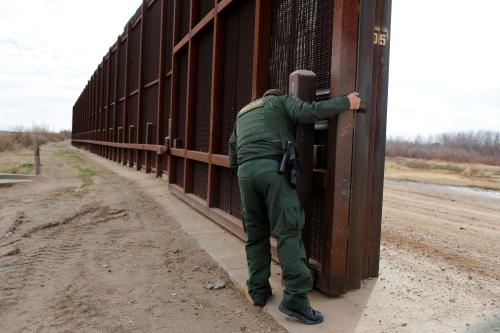
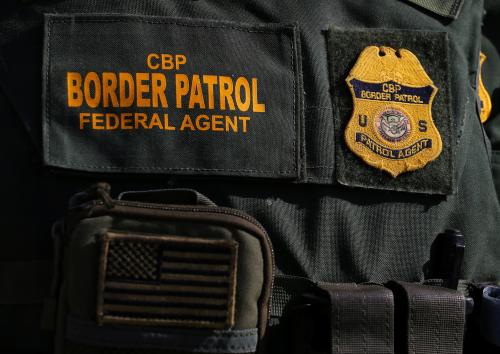
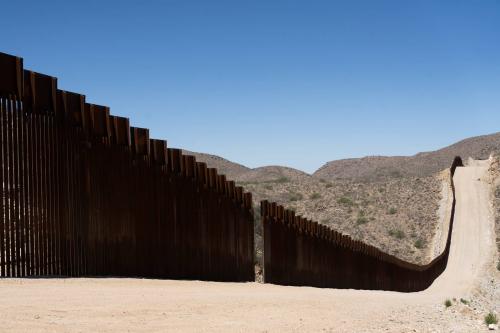
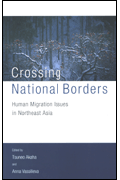
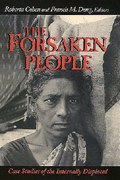
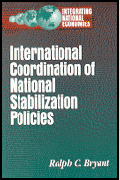


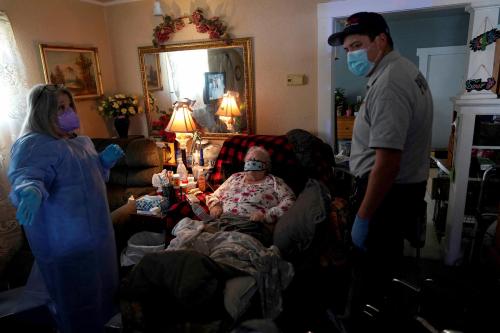

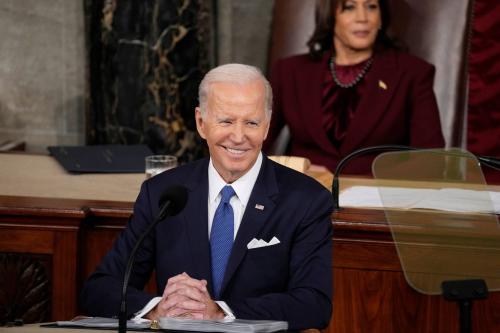
Commentary
When it comes to the border, money doesn’t solve all problems
January 16, 2019